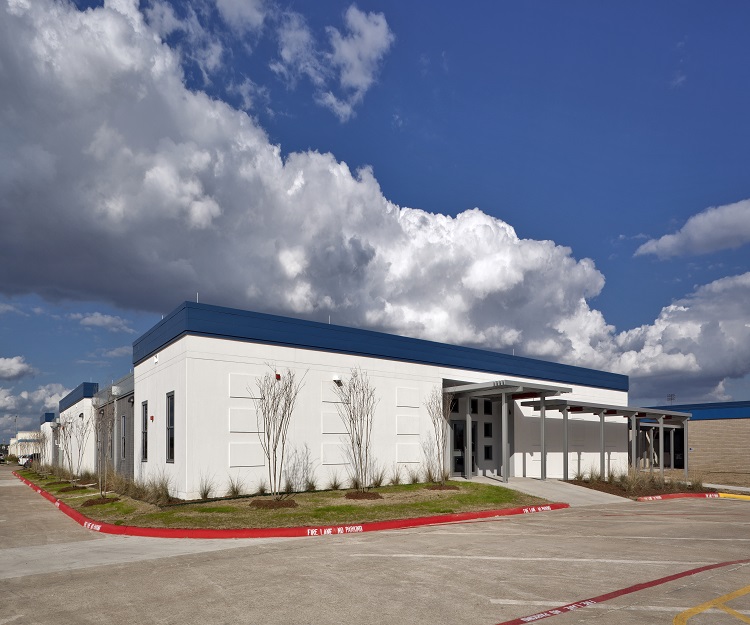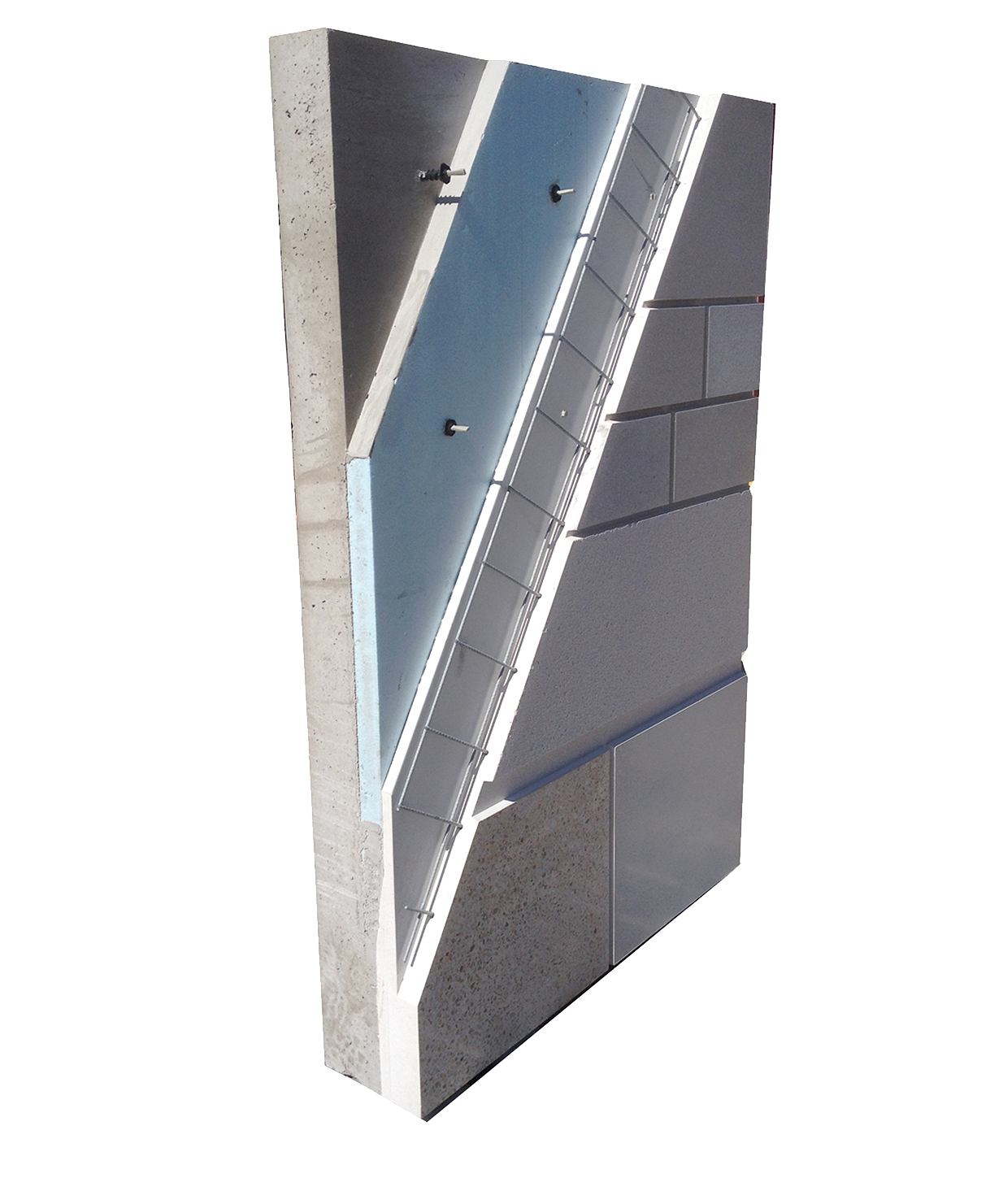Think Long-term...Choose Precast Concrete
The initial cost associated with the construction of a new building is reason to take pause and consider all material options. Once the building is up and the ribbon cutting is over, the total cost of ownership (TCO) is the ongoing factor that lives on year after year. According to PCI’s Designer Notebook, 90% of the energy used during the life of a building is attributed to heating, cooling and other utilities. (DN-16, page 25) Because these ongoing expenses are unavoidable, it makes good sense and good CENTS to select a building material that is going to effectively save energy. The options for building materials are well established, but are you aware of the costs associated with each type and which offers the most economical long term investment?
No matter what size the building is, where it’s located or what function it serves...it will require heating and cooling at various times throughout the year. There’s one building material that’s been shown to outperform all others in this category and that’s precast concrete building systems.
Let’s face it...precast concrete buildings are excellent at regulating temperature. They’re heavy. They’re dense. They’re great at absorbing, storing and releasing heat via the property known as thermal mass. Concrete has a high thermal mass which means concrete walls suck in heat during the day and then slowly release the stored heat during the night through ventilation systems. Aside from the thermal mass of concrete itself, walls are often insulated with materials such as polystyrene to maximize the R-value. They act as a thick insulated barrier against summer sun and winter cold. This characteristic allows for a smaller investment in HVAC equipment on the front end and eases the load on HVAC systems over the long haul, resulting in lower operating costs.
With the implementation of the U.S.Energy Conservation and Production Act, each state is required to maintain a commercial building code to meet minimum energy standards. In addition, by the year 2030, via U.S. Federal Government Executive Order 13514, all government construction and renovation will be required to achieve net-zero energy meaning the energy used by the building must roughly equal the renewable energy created. These types of mandates make PCI-certified building products an attractive choice for owners and designers who understand and appreciate the value of a well-constructed, energy efficient structure.
There are countless attributes that make precast concrete building systems a winner. From beauty to durability to energy efficiency...precast concrete not only looks great, it performs exceptionally well over the life cycle of the structure.
References
www.pca.com | www.pci.org | www.nitterhouseconcrete.com | www.concretecentre.com





